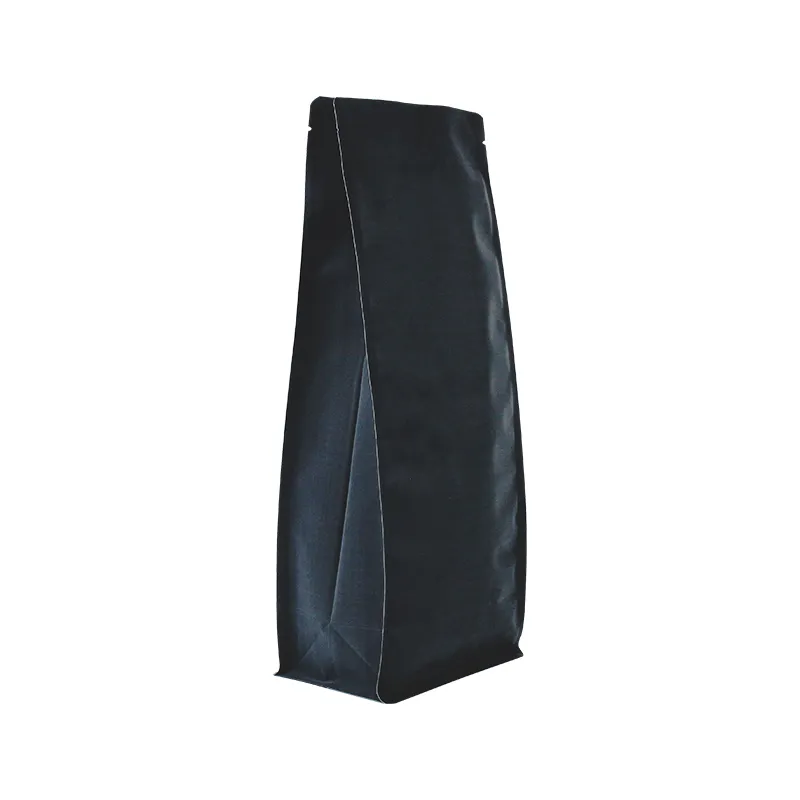- Afrikaans
- Albanian
- Amharic
- Arabic
- Armenian
- Azerbaijani
- Basque
- Belarusian
- Bengali
- Bosnian
- Bulgarian
- Catalan
- Cebuano
- chinese_simplified
- chinese_traditional
- Corsican
- Croatian
- Czech
- Danish
- Dutch
- English
- Esperanto
- Estonian
- Finnish
- French
- Frisian
- Galician
- Georgian
- German
- Greek
- Gujarati
- haitian_creole
- hausa
- hawaiian
- Hebrew
- Hindi
- Miao
- Hungarian
- Icelandic
- igbo
- Indonesian
- irish
- Italian
- Japanese
- Javanese
- Kannada
- kazakh
- Khmer
- Rwandese
- Korean
- Kurdish
- Kyrgyz
- Lao
- Latin
- Latvian
- Lithuanian
- Luxembourgish
- Macedonian
- Malgashi
- Malay
- Malayalam
- Maltese
- Maori
- Marathi
- Mongolian
- Myanmar
- Nepali
- Norwegian
- Norwegian
- Occitan
- Pashto
- Persian
- Polish
- Portuguese
- Punjabi
- Romanian
- Russian
- Samoan
- scottish-gaelic
- Serbian
- Sesotho
- Shona
- Sindhi
- Sinhala
- Slovak
- Slovenian
- Somali
- Spanish
- Sundanese
- Swahili
- Swedish
- Tagalog
- Tajik
- Tamil
- Tatar
- Telugu
- Thai
- Turkish
- Turkmen
- Ukrainian
- Urdu
- Uighur
- Uzbek
- Vietnamese
- Welsh
- Bantu
- Yiddish
- Yoruba
- Zulu
Choosing RGB for Digital Designs Web Versus Print Applications Explained
RGB Is It for Web or Print?
When it comes to color representation in design, RGB (Red, Green, Blue) and CMYK (Cyan, Magenta, Yellow, Black) are two primary models. However, understanding where and when to use each is essential for creating effective visuals, particularly in the context of digital versus print mediums. This article delves into the unique characteristics of RGB, its primary applications, and why it is more suitable for web-based projects rather than for print.
RGB is an additive color model that creates colors through the combination of red, green, and blue light. Each color is represented by a combination of the three primary colors in varying intensities, typically ranging from 0 to 255 in digital formats. This model closely aligns with how devices display color, including monitors, televisions, and other digital screens. Each pixel on a screen utilizes this additive process by mixing light to create a vast spectrum of colors.
RGB Is It for Web or Print?
Moreover, web design trends are increasingly colorful, with gradients and lively hues becoming the norm. Tools like Adobe Photoshop and web design software like CSS allow designers to utilize the RGB color model seamlessly. Whether through hex codes or RGB values, designers can manipulate colors effortlessly to achieve their desired aesthetic. Given that browsers are also designed to replicate to the fullest extent the colors specified in RGB, web designers can trust that their choices will translate accurately across different devices.
rgb is for web or print

On the other hand, when it comes to print design, RGB is not the ideal choice. This is where CMYK takes the stage. The CMYK model uses a subtractive approach, where colors are created by subtracting varying percentages of light absorption. In print media, inks are mixed to create colors on paper. Because of this fundamental difference, colors that appear vibrant on screens using RGB often appear muted or inconsistent when printed.
One common issue designers may encounter is the phenomenon known as “RGB to CMYK conversion.” When RGB-based designs are translated into a print-ready format, crucial colors may change significantly, leading to unsatisfactory results. This transition often requires designers to adjust color selections, which can be frustrating and time-consuming.
Furthermore, print processes vary in terms of ink distribution and paper type, which can further influence color perception. Factors such as glossiness and texture alter the way light interacts with printed images, making the CMYK model more reliable when it comes to achieving consistency and fidelity in print materials.
In conclusion, RGB is inherently tailored for web applications due to its reliance on light and its capacity to create vivid colors on digital screens. With the growing emphasis on interactive and visually captivating designs, the RGB model is indispensable for web designers. In contrast, CMYK is the go-to for print projects, where color accuracy and consistency across various media are prioritized.
Ultimately, understanding the strengths and appropriate uses of each color model allows designers to make educated decisions that enhance their work, whether it's a website, an advertisement, or a printed brochure. Thus, while RGB is undeniably powerful for web design, its limitations become evident in print scenarios, marking the clear distinction between these two realms of design. Understanding this difference is crucial for anyone in the creative industry, ensuring that every project achieves its intended aesthetic and functional goals.













